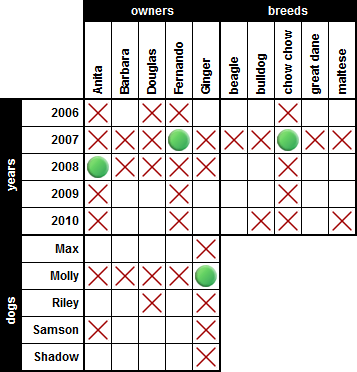

Clients could start a project in their home with GarageBand, bring these ideas into a pro studio, and the engineer could easily import into a more professional app and deliver the ‘downtown sound’ with professional mix tools. Suddenly, GarageBand didn’t seem like a toy anymore. The ability to import GarageBand projects into Logic Pro was also introduced in this version. This made it much easier to adjust tempo, key signature, time signatures and markers throughout a project. Logic 7 brought us the unified Global Tracks display. With such a simple ‘gateway’ into recording music on the computer, suddenly the ‘project studio’ was born, countless other music apps began to offer simplified versions for the masses, and it became possible to record really high quality music in your own home. Many pro studios quickly wrote off GarageBand as an amateur toy - but little did they know what it would do to the professional studio industry. It was easy to see Logic’s ‘DNA’ all throughout GarageBand. Get An iLifeĪpple purchased Emagic in 2002 and with their (somewhat obsessive) focus on simplicity, unveiled GarageBand in 2004. We take that for granted now, but it was a really ‘industry disrupting’ thing to happen back then. For the first time in a major commercial release, you could buy a program, and by default it had a ton of instruments that came along with it. Logic changed all of that by offering a massive suite of sounds from EXS24 (the universal sampler) to various EV suite instruments for organ and retro keyboards. I still remember consulting and setting up studio after studio in the late 90’s and early 2000s and hearing the same thing - “Hey, I installed Pro Tools… now how do I get a piano sound?” Sure, you could purchase third party instrument packages and some early virtual instruments, but remember - this wasn’t very commonplace yet. You needed to hook up a MIDI keyboard with sounds inside of it in order to do anything outside of recording audio with a microphone. Pro Tools and (Digital) Performer, the two bigger ‘guns’ at the time, were definitely more widely used - but there was a catch. You see, Logic was one of the first major DAW apps to include a suite of instruments. When Logic started picking up steam in the early days of the Macintosh, the momentum built rather quickly.
#Logic world history Pc
Logic continued to be developed as a multiplatform app available on both Mac and PC until about version 5.5.1 - from there on out, it went Mac only. Notator Logic came onto the scene in the very early 1990s, and did not even come to the Mac until around version 1.6 in 1993 (although it was tough to run because you needed a massive 600MB hard drive). Eventually the company shed its ‘C-Lab’ moniker and became Emagic. Back when those platforms were in use, the flagship app was called Creator, then Notator. The German audio powerhouse had been releasing apps for sound generation, editing, and music composition since the days of Atari ST and Commodore 64.

Logic was most certainly not Emagic’s first foray into the music application world. Logic hasn’t always been a part of the ‘Apple Family’, and while GarageBand may seem like the ‘introductory’ app that eventually led to Logic Pro, it’s actually the other way around! Here is a brief history of Logic’s amazing journey from a small company in Germany to the Applications folder of studios everywhere.


 0 kommentar(er)
0 kommentar(er)
